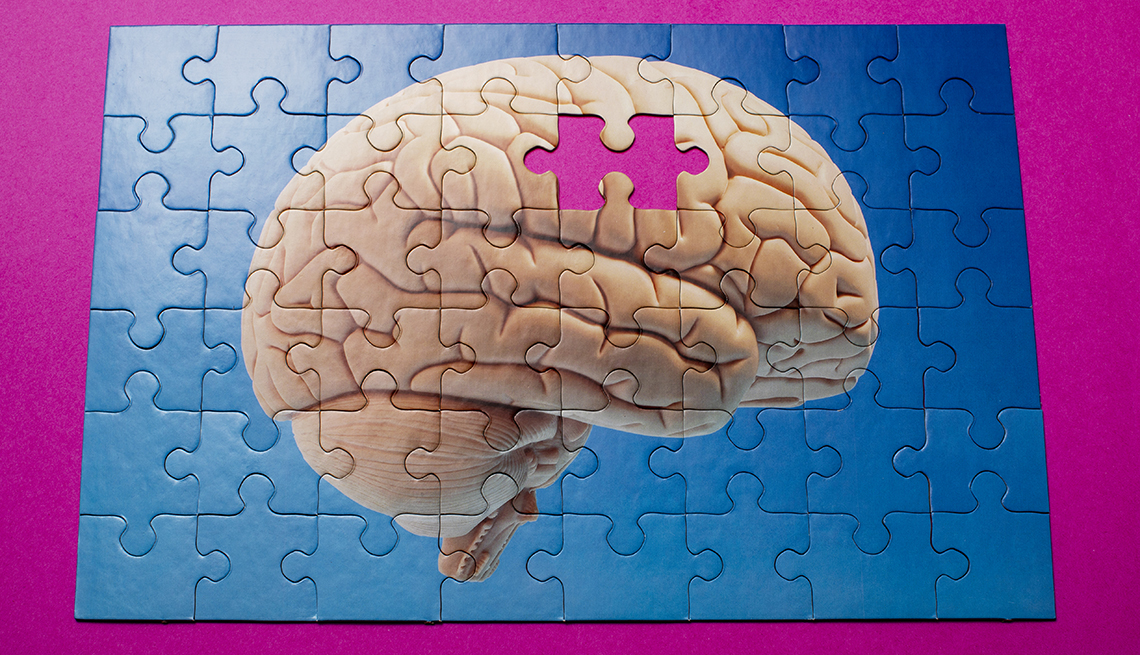
What are the common types of dementia?
- Select a language for the TTS:
- UK English Female
- UK English Male
- US English Female
- US English Male
- Australian Female
- Australian Male
- Language selected: (auto detect) - EN
Play all audios:

5 TYPES OF DEMENTIA There are currently no cures for these types of dementia, but treatments can improve some symptoms and newer therapies are being tested to slow down disease progression.
1. ALZHEIMER’S DISEASE. An estimated 7.2 million Americans are living with Alzheimer’s today, making it the most common form of dementia. For most people, symptoms first appear in the
mid-60s or later. About one-third of all people 85 and older may have Alzheimer's disease, according to the National Institute on Aging. The causes of this type of dementia are not
fully understood, but it most likely involves abnormal buildup of misfolded proteins known as amyloid plaques that form in the spaces between nerve cells, and tangles of a different protein
called tau. The tangles build up inside nerve cells, breaking down cell-to-cell communications as the disease progresses. Alzheimer’s affects a person’s memory and eventually the ability to
think, reason and perform even the simplest of tasks. Two regions of the brain, which are responsible for memory — the entorhinal cortex and hippocampus — the entorhinal cortex and
hippocampus — are particularly vulnerable early in the disease. Later, areas in the cerebral cortex become impaired. Those areas are involved in language, reasoning and social behavior. 2.
LEWY BODY DEMENTIA. Two types of dementia make up this category: dementia with Lewy bodies (DLB) and Parkinson’s disease dementia (PDD). BBoth involve abnormal deposits of a protein called
alpha-synuclein in the brain. These so-called Lewy bodies produce changes in brain chemicals that can alter movement, thinking, behavior and mood. In both DLB and PDD, people develop
movement problems and changes in memory, executive functioning (e.g., planning, organizing) and the ability to identify visual and spatial relationships among objects. Some patients can also
experience vivid hallucinations, seeing things that aren’t there, which can be distressing and hard for people to talk about, for fear of severe mental illness. For people with DLB, the
cognitive changes and motor changes happen around the same time, but people with Parkinson’s disease may have movement problems for years before cognitive changes occur, if they develop at
all. It’s difficult to predict. One risk factor for both Lewy body dementia and Parkinson's disease is REM sleep behavior disorder, in which a person physically acts out their dreams
while sleeping. One of Budson’s patients, a war veteran with Lewy body dementia, had a dream he was back in a war zone engaged in battle. “His wife complained one time she was being
strangled by him,” Budson recalls. “Normally when we sleep and have a dream, we are paralyzed, and that’s why we don’t act it out. But patients with Lewy body are not paralyzed. They might
run in their sleep. Swim in their sleep. Fight in their sleep.”
